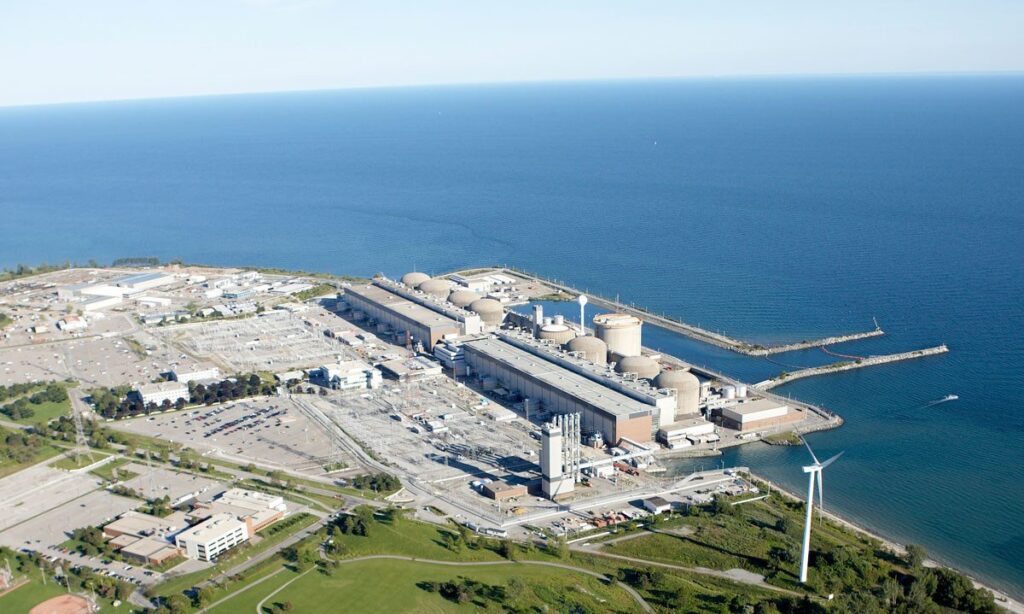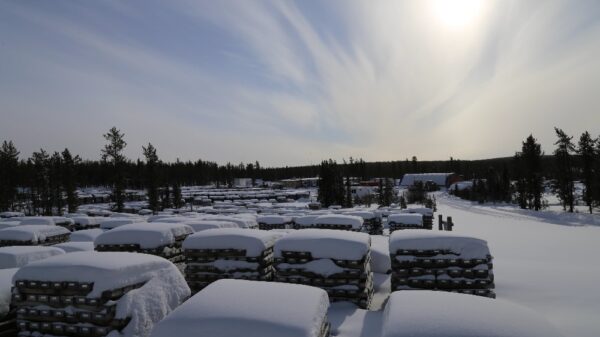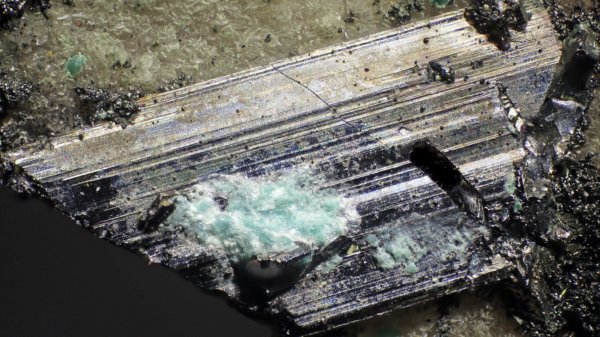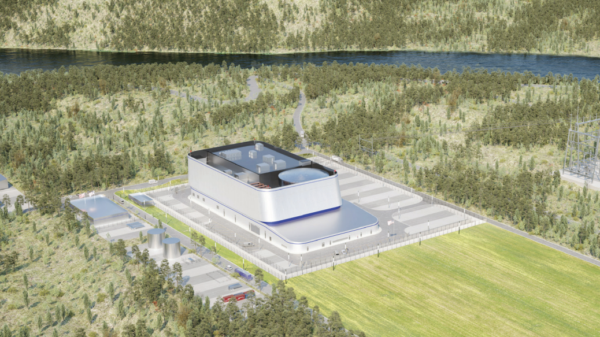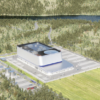Canada will expedite the approval of new nuclear projects without compromising safety or neglecting to address environmental concerns. That is according to a Reuters interview with Natural Resources Minister Jonathan Wilkinson last week.
The country hasn’t powered up a new reactor for over 20 years. However, a rapidly increasing rate of activity in the industry will soon bring an end to that period of stagnation. Canada will have state-of-the-art small modular reactors in operation by the end of the decade.
Wilkinson told the media conglomerate that because SMRs are “sort of carbon copies of each other,” they won’t require repetitive engineering assessments. Furthermore, the British engineering firm Sheffield Forgemasters now claims to have found a means of welding one of the power units within 24 hours. This development is considered to be a breakthrough for the industry in the UK, Canada and abroad.
Meanwhile, Bruce Power and Ontario Power Generation are currently refurbishing Canadian reactors that have already been running for years. Canada currently has 19 power generating units in Ontario and New Brunswick that produce about 14 per cent of the country’s electricity.
Wilkinson announced Thursday that the Canadian government would invest up to C$50 million in Ontario’s nuclear energy provider Bruce Power. In addition, it will support pre-development work to study the feasibility of the option for a new nuclear build on its site in Tiverton Ontario, the company says.
“This pre-development funding for new nuclear at the Bruce site is a great example of how the federal and provincial governments are working together with the private sector,” Bruce Power CEO Mike Rencheck said.
“Supporting early Indigenous and community engagement, planning and support for pre-development activities for clean-energy projects that will allow us to meet climate goals to benefit Ontario and all Canadians for the long term.”
Canada is proceeding with plans to evaluate the option of building 4,800 MW of new nuclear capacity at the Bruce plant site. The new nuclear capacity will help Canada meet its pledge to have a carbon-free grid by 2035. (Article link in reply.) pic.twitter.com/jKe5QmMKN6
— James Hopf (@HopfJames) March 4, 2024
Read more: ATHA Energy receives approval for TSX Venture listing, Latitude shareholders authorize acquisition
Read more: ATHA Energy hires knowledgeable senior vice president of business development
United States unveils bill to provide US$2.7 billion for uranium enrichment
Canada’s southern neighbour and ally just unveiled a government funding bill that would provide nearly US$3 billion for American uranium enrichment. The bill was requested by the White House. It is aimed at reducing reliance on foreign suppliers like Russia.
The American Senate is currently considering implementing a ban on enriched uranium imports from Russia. The U.S. Department of Energy recently allocated half a billion dollars to high-assay low-enriched uranium production contracts within the country. The department is currently seeking proposals from domestic companies.
As the West enhances its nuclear capacity, the demand for uranium and nuclear fuel will only increase. Canada’s rate of uranium exploration in rich regions like the Athabasca Basin, Nunavut and Labrador is accelerating to keep up with that demand.
Prospectors like Cosa Resources Corp. (TSX-V: COSA), ATHA Energy Corp. (CSE: SASK) (FRA: X5U) (OTCQB: SASKF) and many others have subsequently been ramping up their activities.
“Canadian uranium will be an important ingredient in the success and sustainability of a nuclear renaissance, especially for our allies,” Alberta engineer Sasha Istvan said in a recent article from Ottawa’s Macdonald-Laurier Institute.
ATHA Energy is a sponsor of Mugglehead news coverage
rowan@mugglehead.com

